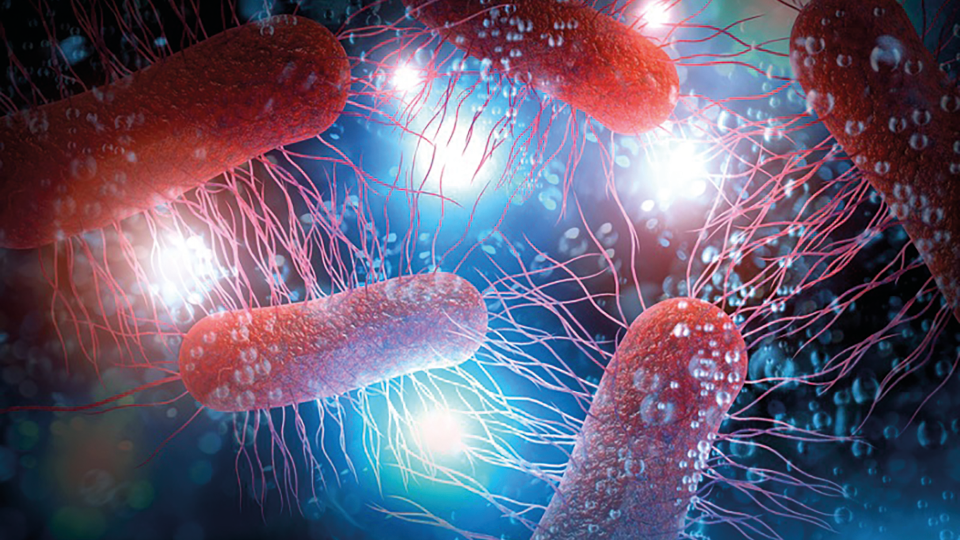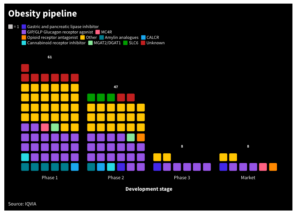
Biofilms for production
Researchers have presented a novel method to promote biofilm formation. They believe their method can help to increase the efficiency of biocatalysis in biotechnological production processes and thus allow cost-effective recycling of waste, as well as carbon dioxide conversion into chemical building blocks and natural gas,
or amino acids.
Spanish and British researchers have patented a method that boosts biofilm formation of bacterial production strains. They hope this will open the avenue to improving the efficiency of biocatalysis in biotech production. In their paper published in Materials Horizons, Paco Fernandez-Trillo from the University of Coruña and Dr Tim Overton from the University of Birmingham (UK) describe that the addition of a set of synthetic polymers carrying mildly cationic, aromatic, heteroaromatic or aliphatic moieties induced biofilm formation even in production strains that normally slowly form the protective shell. The researchers say that their method can significantly improve yields in the growing field of enzymatic synthesis of pharmaceuticals, fine chemicals, or food ingredients on an industrial scale.
E. coli as a model organism
The most commonly used non-pathogenic bacterial production strains are not necessarily good at forming biofilms, a sort of growth-promoting ecosystems that form a protective micro-environment around communities of microbes and increase their resilience and so boost productivity. Normally bio-engineers use genetic engineering to boost biofilm formation and thus productivity. However, the new method can bypass this costly and time-consuming process.
In a screening for biofilm formation boosters, Trillo et al compared the E. coli strain MC4100, which is poor at forming biofilms, with E. coli PHL644, a good isogenic biofilm former to reveal the chemistries that are best suited to stimulating biofilm formation. Hydrophobic polymers outperformed mildly cationic polymers, with aromatic and heteroaromatic derivatives performing much better than the equivalent aliphatic polymers.
When the research team incubated both strains in the presence of these polymers, they found that MC4100 outperformed PHL644. We explored a broad chemical space and identified the best performing chemistries and polymers, resulting in a small library of synthetic polymers that increase biofilm formation when used as simple additives to microbial culture, according to Trillo.
Wide range of applications
According to the researcher, "to the best of our knowledge, currently there are no methods that provide this simplicity and versatility when promoting biofilms for beneficial bacteria. These synthetic polymers may bypass the need to introduce the traits for biofilm formation through genome editing, which is costly, time-consuming, non-reversible and requires a skilled person in microbiology to implement it. We believe this approach has an impact beyond biofilms for biocatalysis. A similar strategy could be employed to identify candidate polymers for other microorganisms such as probiotics or yeasts, and develop new applications in food science, agriculture, bioremediation or health.
The University of Birmingham Enterprise, the tech-transfer arm of the academic institution, has filed a patent application for the method and polymer additives, and is seeking commercial partners for licensing.
This article was originally published in European Biotechnology Magazine Winter Edition 2022.


 IQVIA
IQVIA White House
White House Clarivate
Clarivate